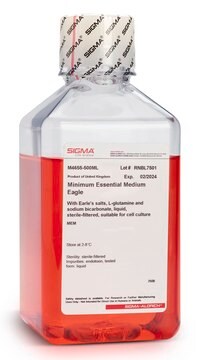161950
1,3-Diethyl-2-thiobarbituric acid
99%
Sinónimos:
1,3-Diethyl-2-sulfanylidene-1,3-diazinane-4,6-dione, 1,3-Diethyldihydro-2-thioxo-4,6(1H,5H)-pyrimidinedione, 1,3-Diethylthiobarbituric acid, N,N′-Diethyl-2-thiobarbituric acid
About This Item
Productos recomendados
Nivel de calidad
Ensayo
99%
control farmacológico
regulated under CDSA - not available from Sigma-Aldrich Canada
mp
109-112 °C (lit.)
solubilidad
1 M NaOH: soluble 50 mg/mL, clear, colorless to light yellow
cadena SMILES
CCN1C(=O)CC(=O)N(CC)C1=S
InChI
1S/C8H12N2O2S/c1-3-9-6(11)5-7(12)10(4-2)8(9)13/h3-5H2,1-2H3
Clave InChI
SHBTUGJAKBRBBJ-UHFFFAOYSA-N
Categorías relacionadas
Aplicación
Palabra de señalización
Danger
Frases de peligro
Consejos de prudencia
Clasificaciones de peligro
Acute Tox. 3 Oral - Skin Sens. 1
Código de clase de almacenamiento
6.1C - Combustible acute toxic Cat.3 / toxic compounds or compounds which causing chronic effects
Clase de riesgo para el agua (WGK)
WGK 3
Punto de inflamabilidad (°F)
Not applicable
Punto de inflamabilidad (°C)
Not applicable
Elija entre una de las versiones más recientes:
¿Ya tiene este producto?
Encuentre la documentación para los productos que ha comprado recientemente en la Biblioteca de documentos.
Los clientes también vieron
Nuestro equipo de científicos tiene experiencia en todas las áreas de investigación: Ciencias de la vida, Ciencia de los materiales, Síntesis química, Cromatografía, Analítica y muchas otras.
Póngase en contacto con el Servicio técnico












